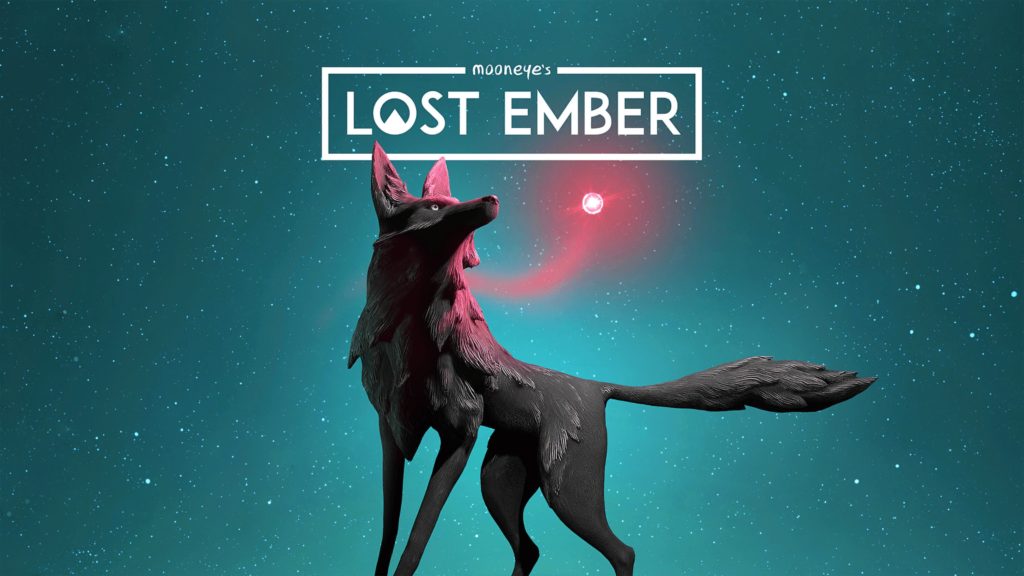
Lost Ember is an utter delight! This is easily one of the most phenomenal indie games I’ve played, and it’s not just because it’s pretty either. And it’s damned pretty, so that’s saying something. It’s hard to explain how playing Lost Ember even makes you feel, because it’s simply not like other games. The description is “an animal exploration adventure game” which is possibly the most boring description possible for a game of such brilliance. But enough of that, let’s dig in.
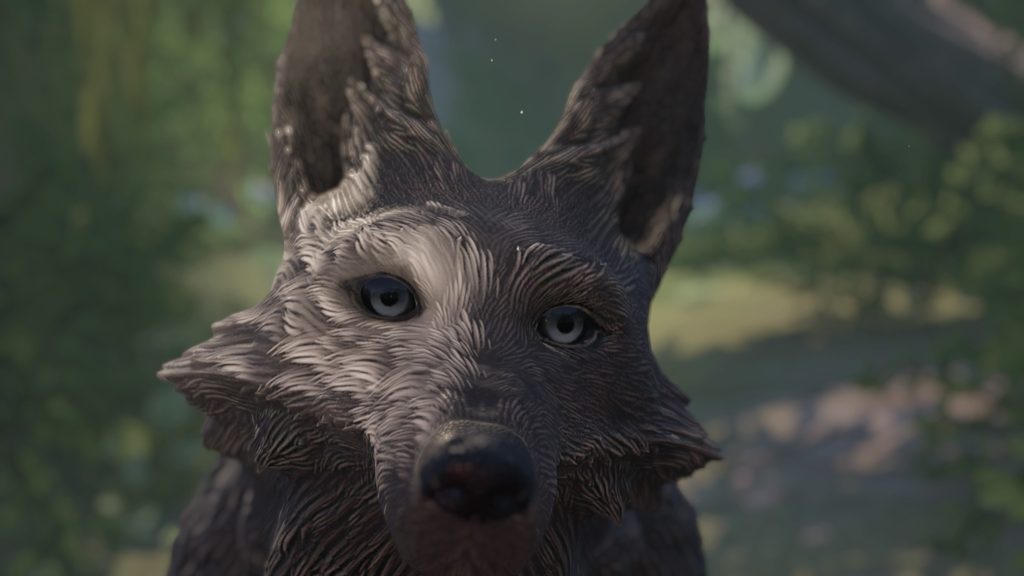
Lost Ember is the story of a wolf with the soul of a human, one whose people died out long ago. I don’t really want to ruin anything, but you’re a rather unique wolf with the ability to shift yourself into other animals if you get close enough to them. This is a game with no timer, no attacks, no combos. You simply wander around as a wolf and figure out what to do, shifting into one animal after another, sometimes for purely stylistic reasons, others to accomplish specific goals. This is a deeply artistic game with a cinematic presentation so captivating that it’s almost impossible to look away from the screen. It’s easy to get distracted from gameplay just gazing across various vistas. Lost Ember is a visual masterpiece.
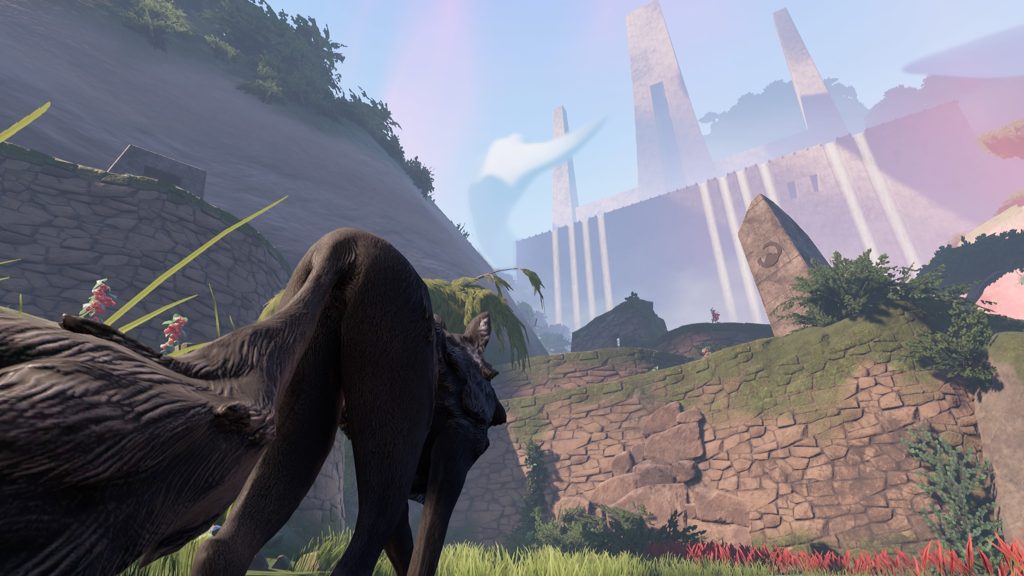
So it’s stunning, sure, but does Lost Ember hold up as a game? A resounding yes is the answer here too. Gameplay is open world to an extent. You can run anywhere in each field, look around, explore nooks and crannies, and generally just take your time, but the game directs you in a certain direction. It’s all gentle nudges and subtle visual clues, like certain colors of grasses and flowers that seem to be growing in a sort of pathway, but you never end up lost for long, even though there are no blatant visual markers to follow. The imagery blends seamlessly into the design elements, taking you on a journey that flows easily from one chapter to the next. It’s honestly hard to design a game that progresses this naturally and I have to give serious congratulations to Mooneye Studios on accomplishing something that so many game makers try and fail at.
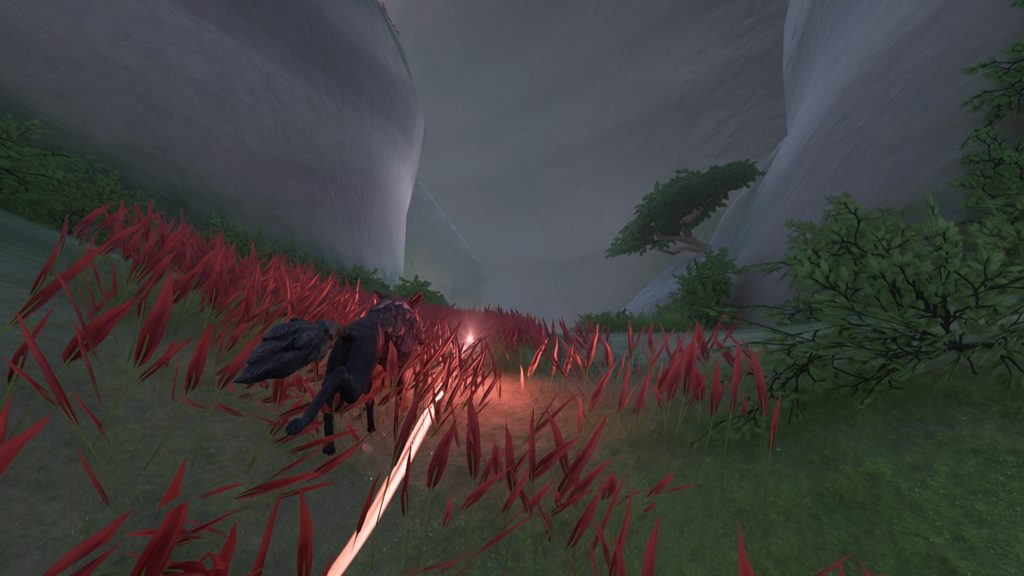
As you progress in Lost Ember, you are slowly introduced to more and more animals. Just as one starts to become commonplace, another with a new movement or action mechanic presents itself. The game constantly feels fresh and new at just the right pace. You’re a wombat, digging around in the brush for berries, then a goose flying from perch to perch, then a mole digging underground, and so on and so on. Each creature is lovingly rendered and has its nuances and extras, such as rooting about for plants or munching on berries. The attention to detail is exactly the right amount in every case.
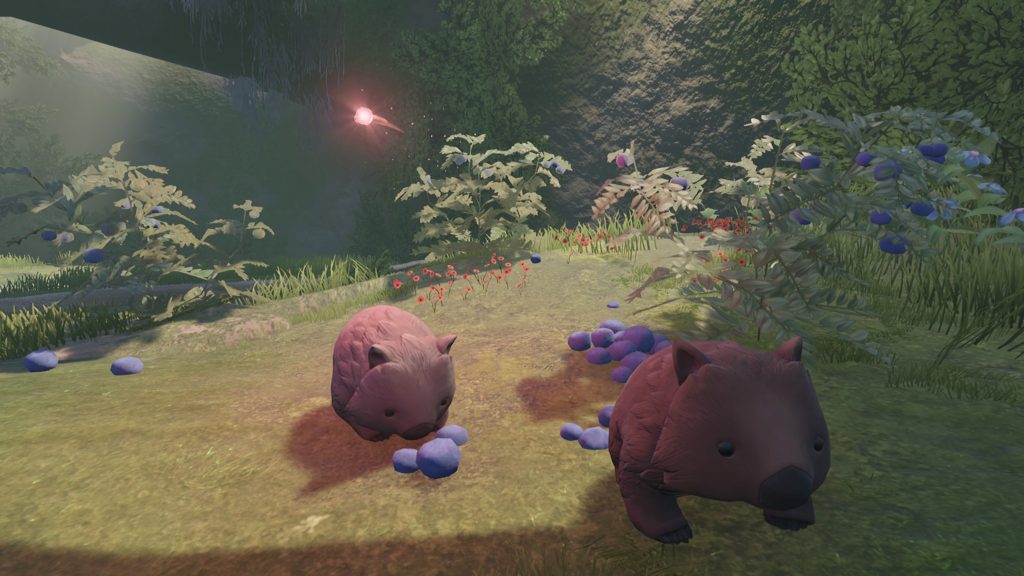
In terms of storyline, the game weaves a compelling tale of a lost people and their plight before their extinction. It’s interesting, powerful, and told entirely through memories which you have the ability to summon at key points. There are a few minor puzzles to solve through the game to proceed, but they’re simple, nothing that will slow anyone down long and they’re fun, so don’t be scared off that this is a puzzle solving game as it’s definitely not. The same goes for the quick time events and other mechanics. Nothing is overused and nothing becomes stale and tedious. Lost Ember is truly one of the most balanced games ever.
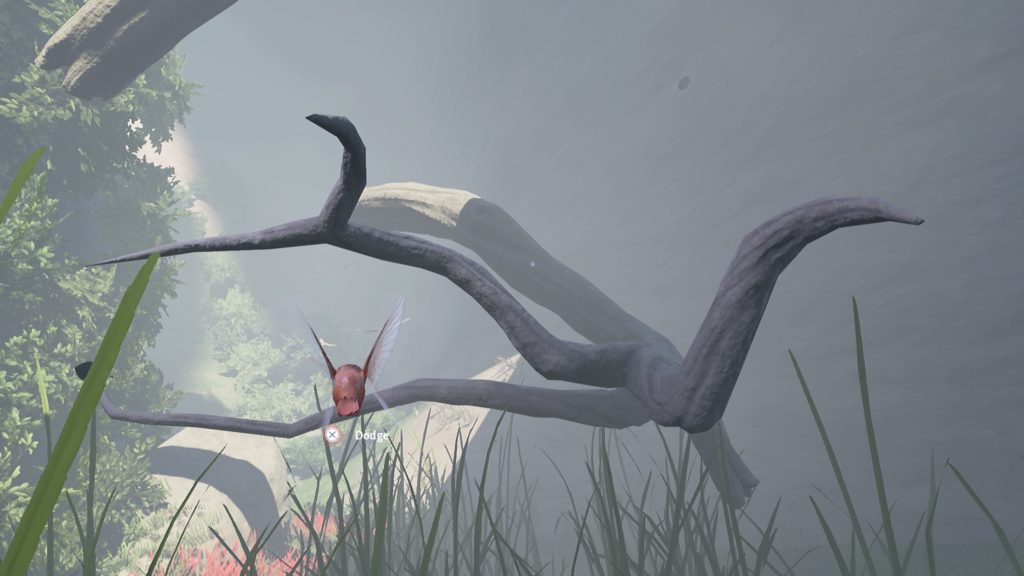
It’s incredibly difficult to express in words and a few screenshots how complete an experience Lost Ember is. That’s really what it is though. As much as it’s a game, it’s also an experience, and one that tells a powerful story through the lens of the animals in its world. Lost Ember is one of those rare games that tugs at your heartstrings and makes you feel in tune with the world. There’s really nothing out there like it, and its minimalistic approach makes for a significantly more immersive environment than you might expect. But even in a game that’s as close to perfect as a game can get, there are always a few imperfections.

The only thing really wrong with Lost Ember is its system of finding hidden items. You can find tools and relics from the lost people, a variety of hidden mushrooms and fungi, and a few other things and you can look at your findings in the pause menu. This is really the only thing that detracted from the game because it was the only part of the game that actively reminds you that it is a game and shatters the immersion and pacing. Running around checking nooks and crannies for mushrooms completely destroys the flow of the game, although you do see some neat hidden areas along the way. Overall though, it’s something that maybe could have been left out and honestly, to preserve the pacing and flow of the game, you should try to skip it if you can.

Musically, the game is well-served by its peaceful and dreamlike soundtrack, which is conveniently available on Spotify and I highly recommend it. As you might expect by now, everything is synced well to give just the right amount of dramatic effect while preserving the artistic vision of the game. Every note is just right, and it all contributes to the resonance that Lost Ember has emotionally as you play.

Rarely does a game come along that gets it all right, from top to bottom, tells its entire story, and leaves you feeling satisfied and complete. Lost Ember is that game. It’s a magical journey through the history of a people, told through the eyes of the world around them in a way that’s never really been done before, and it is told with such finesse and elegance that it’s impossible to fault Mooneye Studios for anything. Lost Ember is an absolute masterpiece of storytelling, using an interactive canvas as the brush to paint the world and tell a timely story of humanity all at the same time. It’s a short game, certainly, and you could easily finish it in a single 3-4 hour sitting if you really wanted to, but it’s also exactly the length it needs to be to have the impact it’s intended to. At $30, that’s a bit pricey, but honestly, it’s so good that you won’t even care. If you enjoy indie games at all, or just want to relax and enjoy a game that takes you away, you won’t regret buying Lost Ember. It’s easily one of the best indie titles out there and is absolutely not to be missed.

This review was based on a digital copy of Lost Ember provided by the publisher. It was played with a PS4 Pro on a 55” Sony 1080p TV. All images are actual screenshots. Lost Ember is also available for PC on Steam and GOG, Nintendo Switch, and Xbox One. Seriously, don’t hesitate on this one. Lost Ember is an absolute gem and it can’t be praised highly enough!

